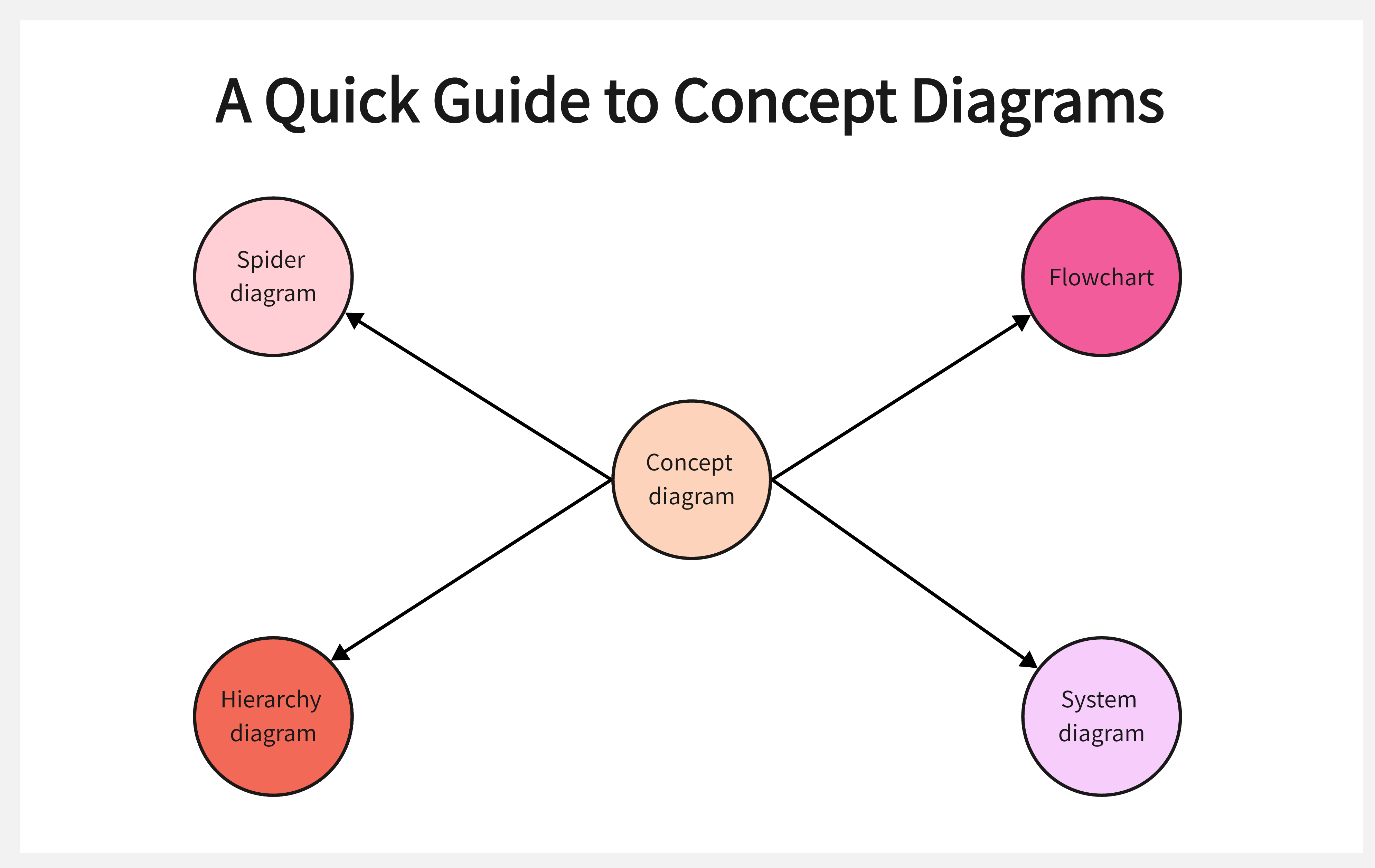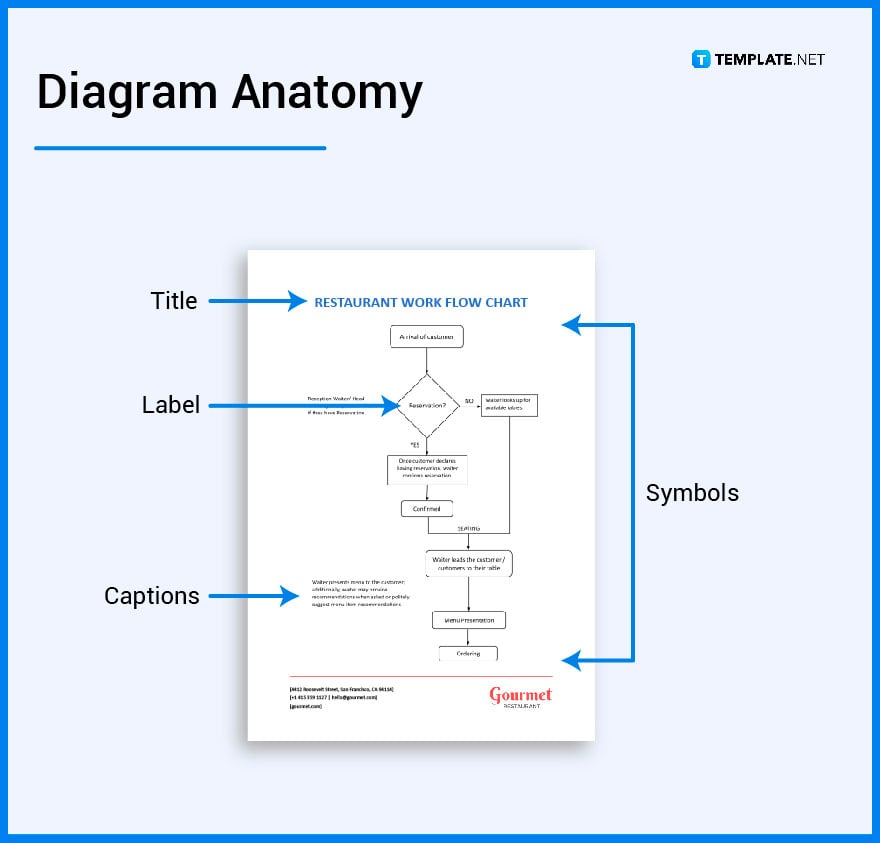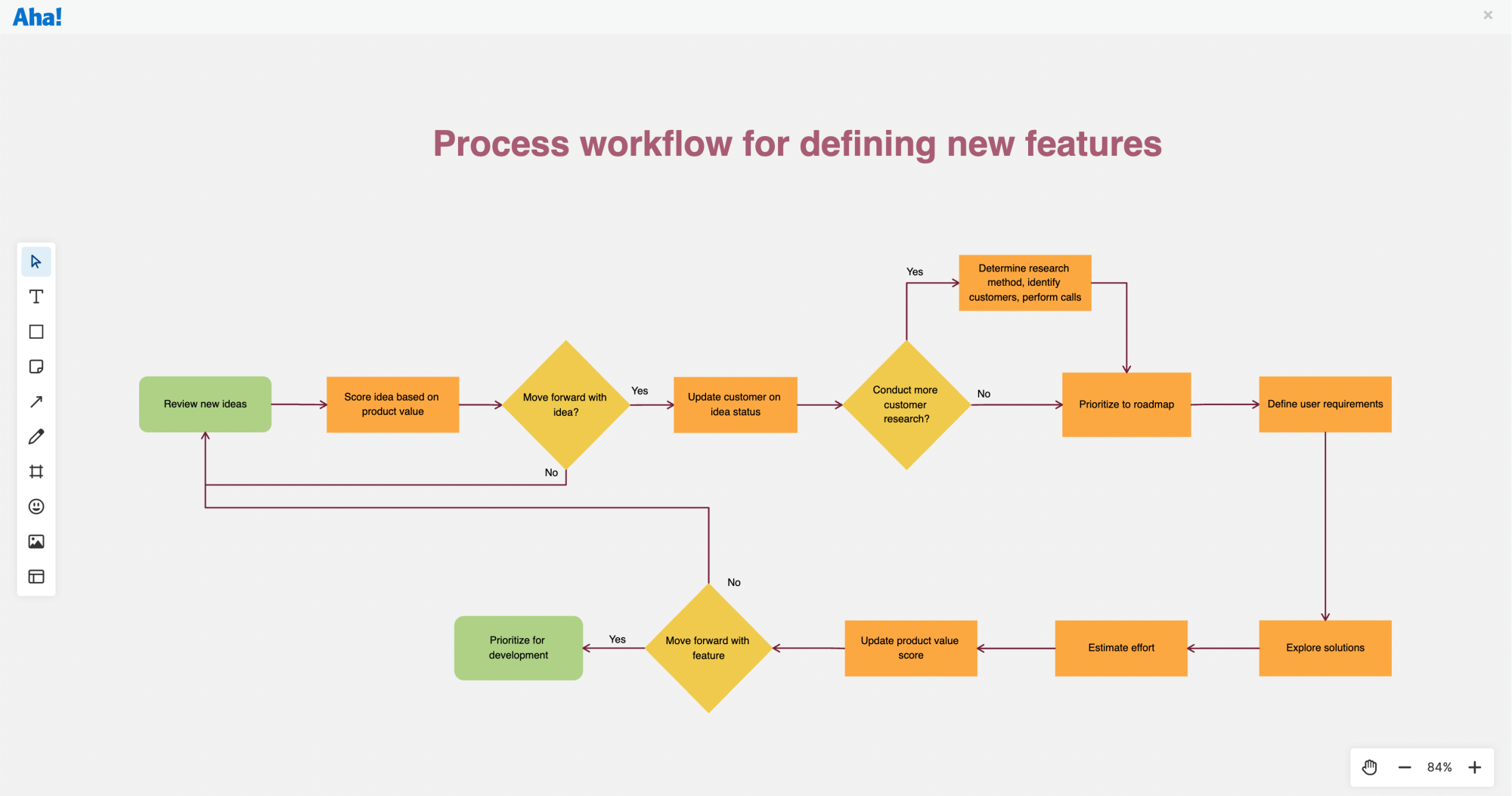In a world saturated with information, can a single image truly speak volumes? The enduring power of diagrams lies in their ability to distill complexity into clarity, offering immediate comprehension that words alone often struggle to achieve.
Whether encountered on the digital landscapes of Bluesky (@eldiagram) and Instagram (@el_diagram.tbh) though the former sees more frequent activity or in the meticulous detail of scientific journals, diagrams serve as indispensable tools. We, for the record, have forsaken the fleeting trends of platforms like Twitter and hold the concept of "threads" in a certain disregard. The focus remains: understanding and representing information effectively. In this pursuit, the importance of diagrams is paramount, for they act as visual narratives, guiding the viewer through intricate concepts with elegance and precision. From the sophisticated functionality of Draw.io which enables the creation of flowcharts, network diagrams, UML, ER, BPMN, circuit diagrams, and a multitude of other visual representations to the enduring utility of tools like Gliffy and Lucidchart, which facilitate the import and export of files, the technological landscape offers ample resources for diagram creation and manipulation.
A diagram, by definition, is a symbolic representation of information using visualization techniques. Its origins stretch back to the prehistoric era, when rudimentary sketches adorned the walls of caves. However, the true blossoming of diagrams coincided with the Enlightenment, a period when reason and clarity were paramount. Today, the meaning of a diagram goes beyond mere representation; it is a graphic design that explains, a drawing that elucidates the arrangement and relationships of parts. Consider a Lego instruction book: a perfect example of a diagram, meticulously guiding the builder through the construction process, step by step. And it is not just about building toys. A diagram is a simple data visualization or graphical representation tool that businesses, organizations, and individuals use to explain complex concepts, ideas, or topics.
To further understand the multifaceted utility of diagrams, consider the human eye. A complex organ, it comprises various parts the cornea, pupil, lens, sclera, conjunctiva, and more each contributing to the process of clear vision. A diagram of the eye, therefore, offers a concise overview of its complex anatomy, allowing the reader to quickly grasp its components and their interaction. The same principle applies to systems like the male reproductive system, where diagrams are used to show the external organs (penis, scrotum, testicles) and internal organs (vas deferens, prostate, urethra), enhancing understanding of its intricate structure and function.
Consider the use of diagrams in understanding the life cycle of the salmon. These visual aids allow for a clear summary of its main features and the relevant comparisons that can be made. The same applies to the study of the motion of distant stars relative to earth. Diagrams presenting the motion of these stars can convey essential information about their speed, direction and the doppler shift.
Key Diagrams and Concepts:
The power of visual communication, as diagrams and charts illustrate, is undeniable, encapsulated in the adage, "A picture is worth a thousand words." These visual tools are a cornerstone for understanding complex concepts, providing hints on visual information processing, facilitating summaries, and offering ways to make relevant comparisons. However, it's essential not to skip over these diagrams and graphs when reading as they offer crucial insights.
Diagrams come in various forms, each suited to a specific purpose. The use of diagrams in mathematics, for instance, is common, and the selection of the right diagram type is essential for solving the problems effectively. Moreover, diagrams are heavily used in classrooms, particularly in maths lessons. These visuals can be used to solve different math problems.
The world of technical diagrams encompasses a vast array of types, from UML and ER diagrams to BPMN diagrams. Adhering to established standards is crucial to prevent errors and avoid confusion when creating these types of diagrams. Even when drawing common diagram types, like flowcharts, mind maps or Venn diagrams, the consistent adherence to standards ensures clarity for everyone.
In the realm of technical diagrams like UML diagrams, ER diagrams, BPMN diagrams, and more, consistency is key. Stick to the established standards to avoid errors and prevent confusion. Even when drawing common diagram types like flowcharts, mind maps, or Venn diagrams, following the standards will ensure that the information is easily understood by anyone, anywhere.
Another crucial area for diagram application is in the classroom, especially in mathematics lessons. Different types of diagrams are used to solve various math problems, making this visual strategy a valuable learning tool.
The creation of a large, master diagram can be efficiently achieved by linking several different diagrams together, using a feature such as hotspots. In Lucidchart, these hotspots can be designed as shapes that link to other web pages. By creating a master diagram and then integrating hotspots, you can connect to separate, smaller Lucidchart diagrams for various purposes, such as marketing or project management.
Diagram design is the process and set of principles for visualizing the relationships between information, systems, and people. It also covers the best practices for using visual strategies to support communication goals.
When you create a diagram, the end goal isnt the diagram itself.
Diagrams in Action:
The efficiency of a diagramming tool like Draw.io is unparalleled. You can easily access and manage your diagrams, using AI for seamless updates and format switching. The ability to save notes for each diagram further supports project organization, making it ideal for managing complex projects and their associated visualizations.
A profound illustration of the diagram's enduring significance lies in historical contexts. The ancient world, as alluded to by writers of antiquity, held a fascination with a "secret diagram," the Helicn. This "master diagram of the ancient arts and crafts," as revealed by philosopher Adam Tetlow in his book, served as a geometric figure that produced simple fractions, musical harmonies, Pythagorean triangles, perspective, and more. The timelessness and versatility of the diagram underscore its importance.
Whether we are exploring the intricacies of the human muscle system (the muscles of the human body that work the skeletal system, that are under voluntary control, and that are concerned with movement, posture, and balance) or delving into the specifics of neuronal action potentials (with sodium and potassium channels opening and closing to change the distribution of charge across the membrane), diagrams provide a clear visual framework.
From the fundamental principles of cell function, like the resting potential and the subsequent changes triggered by a stimulus, to understanding the 12 major anatomy systems (skeletal, muscular, cardiovascular, digestive, endocrine, nervous, respiratory, immune/lymphatic, urinary, and female reproductive), diagrams are crucial tools in explaining the core concepts of anatomy and physiology.
These tools go hand in hand with the process of diagram design which is the process and principles of visualizing relationships between information, systems, and people. It teaches us the best practices for using visual strategies to support communication goals.
The power of diagrams lies not only in their ability to simplify complex concepts but also in their ability to convey information concisely and effectively, which, in turn, facilitates deeper learning and comprehension.
For those interested in creating these invaluable visual tools, Draw.io offers a professional-grade platform. It allows for importing and exporting from other tools like Gliffy and Lucidchart and is a flexible option to create diagrams. Alternatively, if you prefer physical mail, the option to send via post is available to certain addresses such as NMP/diagram chapbook contest, English Department, P.O.


